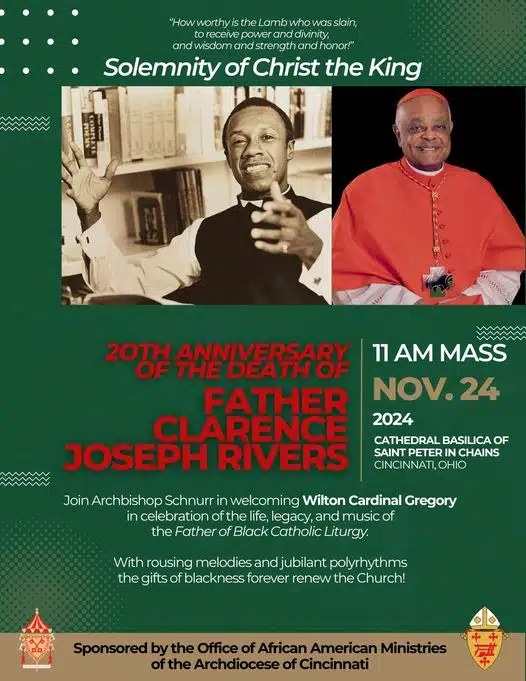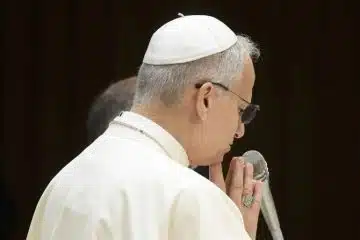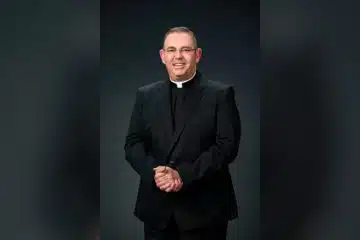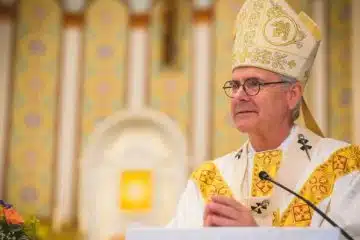What We Have Seen and Heard
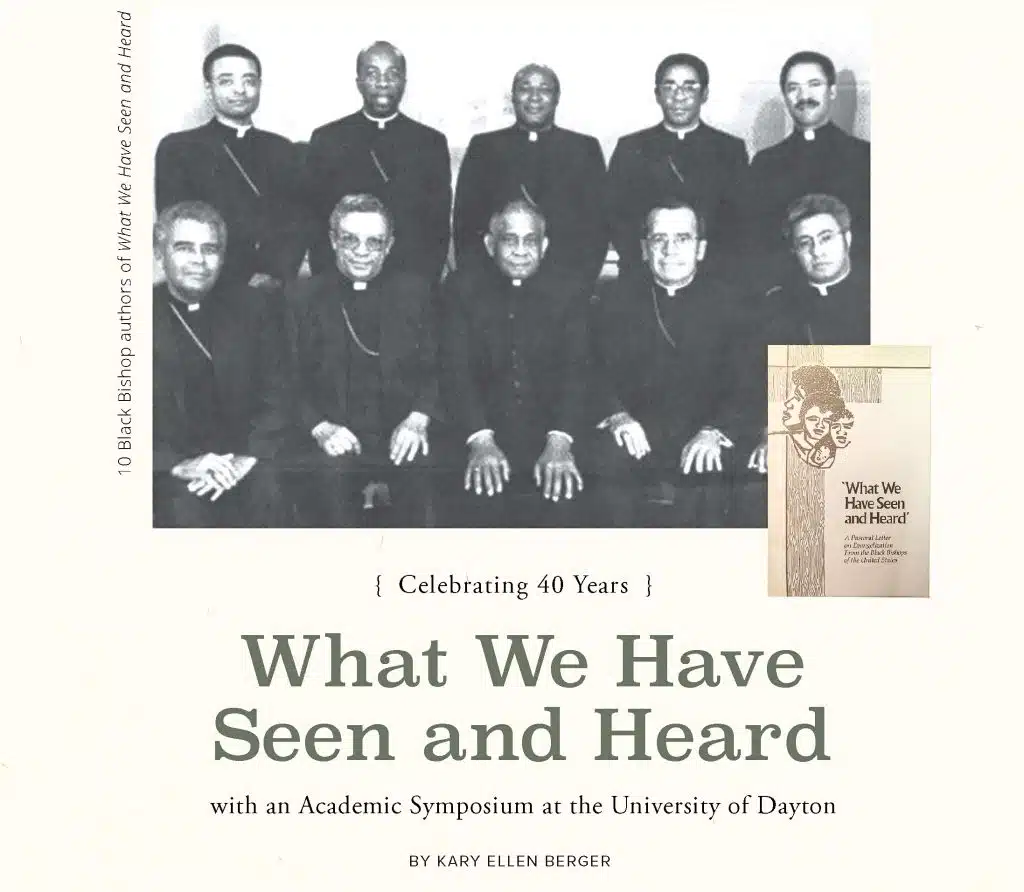
Anniversaries hold special significance in our lives, offering us a moment to pause, reflect and recognize our journeys. They invite us to look back at our history, celebrate the milestones and acknowledge the challenges that shaped our path. As we recognize this year the 40th anniversary of the pastoral letter, What We Have Seen and Heard, Catholics are called to remember the profound impact this landmark document has had on the Black Catholic community and broader Church.
WHAT IS WHAT WE HAVE SEEN AND HEARD?
Issued by the Black Catholic Bishops of the U.S. in 1984, What We Have Seen and Heard is a powerful declaration of faith, culture and identity, reflecting on the unique spiritual experiences and challenges faced by Black Catholics in America. Emphasizing that the Black Catholic community has been shaped by a history of suffering and resilience, the bishops highlight the dual identity of Black Catholics who maintain their African heritage while embracing the Catholic faith. They press that this combination offers a rich spiritual tradition, deeply rooted in both communal worship and individual faith journeys, and that this legacy should be shared with the wider Church.
The Church’s ongoing struggle against racism is a major theme of the letter. Calling on the entire Church to confront both overt and systemic racism, the bishops note that, despite progress, discrimination continues to set back the full participation of Black Catholics in Church leadership, education and decision-making roles. They challenge the Church to be more inclusive and support Black leadership, which they see as essential to fostering a more just and equitable community.
The letter also calls attention to the importance of evangelization and social justice, further noting that true evangelization cannot be separated from the struggle for justice. They state that Black Catholics have a responsibility to advocate for the oppressed, both within their own communities and globally. In doing so, they contribute to the Church’s universal mission, which is to stand in solidarity with the poor and marginalized.
What We Have Seen and Heard remains a crucial document that invites both Black Catholics and the broader Church to continue working toward racial justice, inclusion and the celebration of African American culture within the Catholic faith. That’s why later this month the archdiocese will celebrate and honor the pastoral letter’s 40th anniversary.
“It is a priority that we encourage the U.S. Catholic Church to reflect and discern the prophetic voices of the 10 Black bishops for this 21st century Church,” said Deacon Royce Winters, the Director of African American Ministries for the Archdiocese of Cincinnati.
ACADEMIC SYMPOSIUM
The archdiocese and the University of Dayton (UD) are also honoring the pastoral letter’s anniversary by jointly sponsoring a national Academic Symposium on Friday, Nov. 22, and Saturday, Nov. 23, at UD’s Curran Center.
It is “open to all Catholics and anyone who is currently ministering or who has previously ministered in African American and African communities,” said Deacon Winters. “It is an intentional effort to acknowledge the academic Catholic professionals who can assist in the discernment to carry out the exhortation in the Pastoral Letter: ‘Within the history of every Christian community there comes the time when it reaches adulthood… the mature Christian community feels the irresistible urge… to share with others the rich experience of the Word of Life.’”
The symposium’s speakers and workshop presenters include Dr. Kim R. Harris, Most Rev. Edward K. Braxton and Rev. Dr. Joseph A. Brown, SJ. Presentation topics include: sacramental theology, African American Catholic liturgical music, effective worship and contributions of Black Catholic composers. There will also be an art installation by Johnathon Kelso for attendees to view.
The planning committee hopes the speakers and presenters “will lead us into a prayerful journey toward a conversion that leads to a renewal of spirit, and that we would all accept the ‘challenge before us to share the gift of our Blackness with the Church in the United States … a challenge to be evangelizers,’” said Deacon Winters. “We also pray that all participants will be emboldened to accept the call to go back to their dioceses, parishes and homes to share the good news and to share their gifts in the Church.”
He added, “The symposium is an extension of the African American Affairs Task Force, whose primary purpose is to promote study of the pastoral letter and to serve as the tool to collect and promote the events that are being held in local, regional and national institutions.” Deacon Winters serves as the convening chair for the Task Force, which is under the direction of the USCCB’s subcommittee on African American affairs.
Registration and additional details about the Academic Symposium can be found online at https://resources.catholicaoc. org/event/symposium.
MASS ON THE SOLEMNITY OF CHRIST THE KING
Mass for the Solemnity of Christ the King will be celebrated at the Cathedral Basilica of St. Peter in Chains in Cincinnati, with Wilton Cardinal Gregory presiding and preaching. Archbishop Dennis M. Schnurr will concelebrate.
Predominantly Black Catholic parishes in the archdiocese are encouraged to join this archdiocesan-wide celebration at the close of Black Catholic History Month. This is a great opportunity to honor the legacy of What We Have Seen and Heard.
As we reflect on the 40th anniversary of What We Have Seen and Heard, it is clear the pastoral letter remains as relevant today as it was in 1984. The bishops’ call to confront racism, promote inclusion and celebrate the rich heritage of Black Catholics is a message that resonates deeply in our current world. This anniversary provides an opportunity to both honor the past and commit to the ongoing work of justice and unity within the Church.
This article appeared in the November 2024 edition of The Catholic Telegraph Magazine. For your complimentary subscription, click here.
